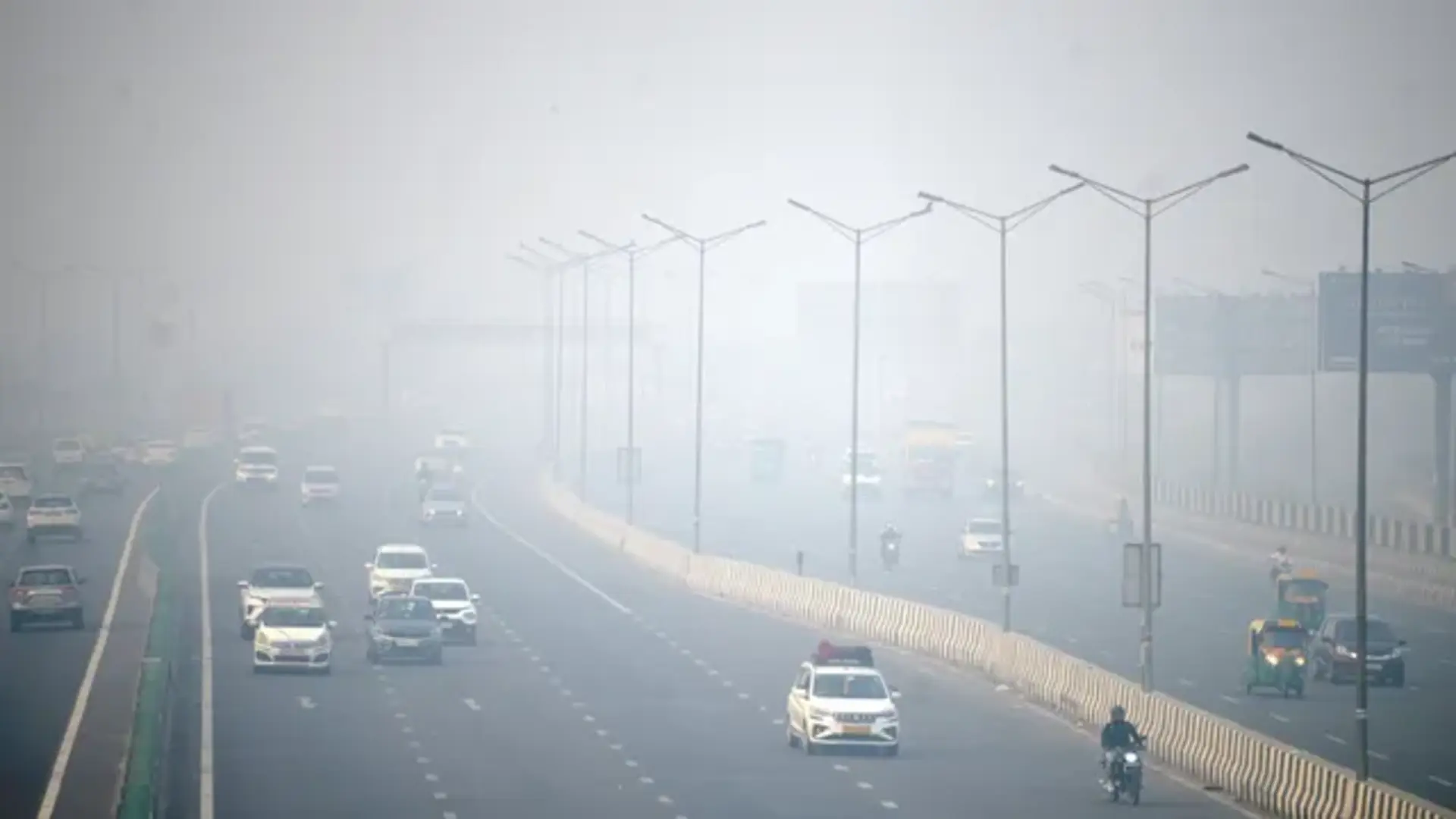On Thursday, air quality in Delhi deteriorated to the ‘very poor’ category, with the Air Quality Index (AQI) exceeding 330 in many areas. According to data from the Central Pollution Control Board (CPCB) recorded at 7:00 AM, the AQI levels were as follows: Anand Vihar (392), Ashok Vihar (350), IGI Airport T3 (334), ITO Delhi (324), RK Puram (359), Okhla Phase-2 (322), and Dwaraka-Sector 8 (348), all categorized as very poor.
The AQI scale is classified as follows: 0-50 (good), 51-100 (satisfactory), 101-200 (moderate), 201-300 (poor), 301-400 (very poor), and 401-500 (severe).
The India Meteorological Department (IMD) forecasts a maximum temperature of 33 degrees Celsius and a minimum of 19 degrees Celsius for the day.
Environment Minister Gopal Rai expressed concerns on October 24 about the increasing pollution levels in the capital. He noted that northwest winds could exacerbate pollution due to stubble burning in neighboring states. “The winds are moving in the northwest direction, and the effects of stubble burning from Haryana and Punjab will be more pronounced in Delhi. We have alerted all departments regarding rising pollution levels. I will write to the Union Environment Minister for the third time, requesting a meeting to address this issue. We must advance the research from IIT Kanpur on artificial rain to combat the pollution crisis. I have also reached out to transport ministers of neighboring states, urging them to refrain from sending diesel vehicles to Delhi until the weather improves,” Rai stated.
Experts highlight that while stubble burning contributes significantly to air pollution, it accounts for only 6-8% of the total pollution throughout the year. Sagnik Dey, a professor at the Centre for Atmospheric Sciences at IIT Delhi, noted that during October and November, stubble burning’s contribution rises to approximately 25-30%. “Addressing stubble burning is crucial during this critical period, but we must also tackle other pollution sources year-round. We can’t achieve clean air solely through managing stubble burning,” he added.
In a related development, toxic foam was observed floating in the Yamuna River at Kalindi Kunj, as pollution levels in the river remained alarmingly high.







